
Editor's Note: This story originally appeared on Living on the Cheap.
Spending some time preparing your car for winter not only can help prevent a breakdown or accident, but it can also save you money on repair costs and gas.
If you don’t know how to get your car ready for plummeting temperatures and icy roads, follow this checklist of quick and easy fall and winter car maintenance tips.
Some things you can do yourself, while others require a mechanic. All will save you money down the road.
1. Get a tune-up

If you’re due for a tune-up, schedule it for the fall. Cold winter weather magnifies existing problems such as pings, hard starts, sluggish performance and rough idling.
Check your owner’s manual for the tune-up schedule and follow it.
2. Change the fluids
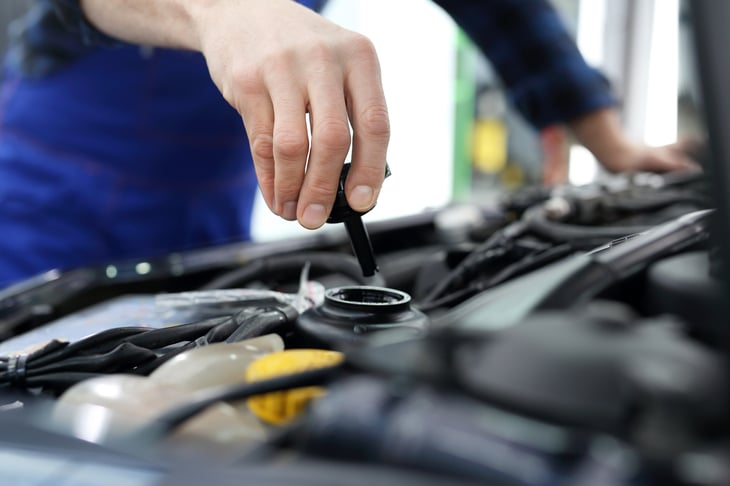
Six fluids should be changed before the chilly winter temperatures come. These include brake system fluid, coolant, transmission fluid, power steering fluid, washer fluid, and suspension differential fluid.
Sediment and other impurities can find their way into brake fluid, so a routine change is a smart idea.
Some manufacturers don’t suggest a transmission fluid change until the car has logged 100,000 miles. But ask your mechanic if a change might be a good idea considering the age and wear of your car.
Use cold weather washer fluid in the winter and keep the reservoir full. Keep a bottle in the trunk; it will come in handy when grimy snow or road salt smears your windshield.
As a general rule of thumb, this should be done every two years, advises the nonprofit Car Care Council.
3. Change your oil and oil filters
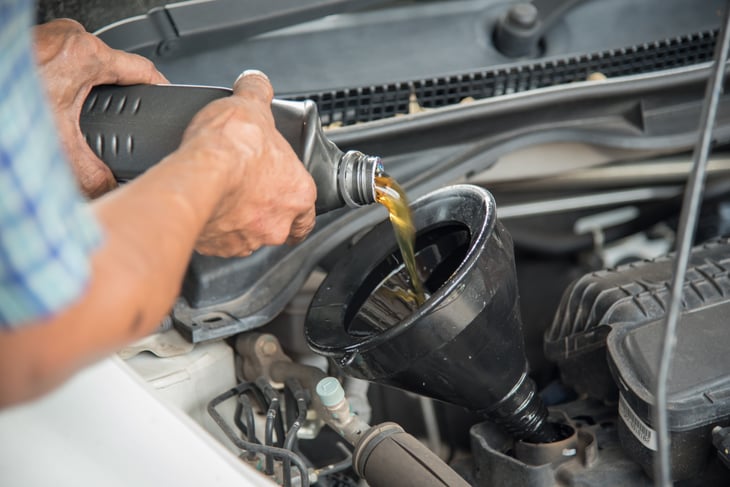
Okay, we know oil is another fluid, but it deserves its own category. Regular oil changes prevent overheating and buildup of grime. Changing the oil also helps with fuel efficiency and reduces the possibility of engine failure.
It’s especially important to plan for a pre-winter oil change because oil gets thick and lazy in winter temperatures. Consider changing to “winter weight” oil if you live in a cold climate.
Want to keep your oil warm in wintry climates? Consider purchasing an electric blanket for your car's oil system.
Don’t think you can ignore oil changes if you only drive in town. Those starts and stops can be tougher on the engine than highway road trips.
Also, be diligent about changing the oil filter at recommended intervals.
4. Check your brakes
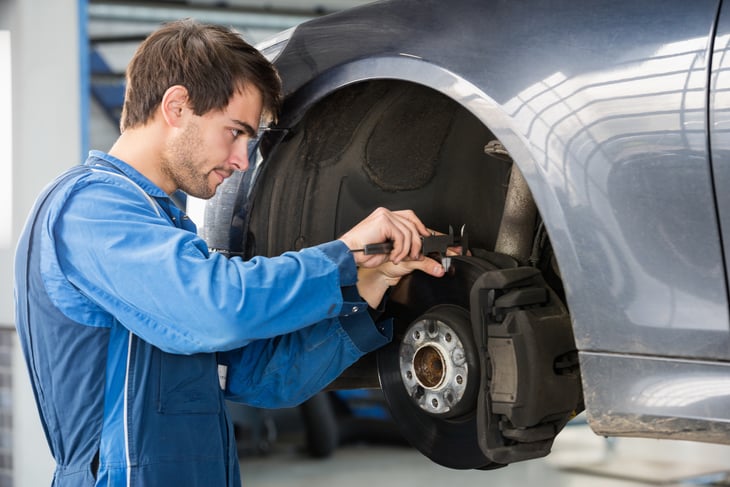
Brakes are your car’s most important safety system (after you, the driver). Before ice and snow put your brakes to the test, make sure to get your brakes and brake fluid checked.
Replace brake pads if necessary, so you’ll be able to stop on a dime, even on slippery winter roads.
Tell your mechanic to check the emergency brake as well. Even if your brake pads are good, the cables or mechanical elements can seize or break, especially if they are unused.
5. Clean and check your car battery
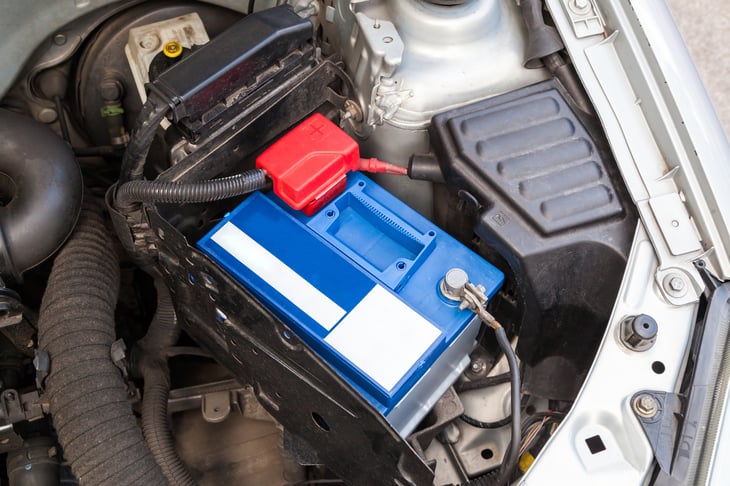
Cold weather is hard on batteries. Have the battery and charging system checked for optimum performance each fall.
It’s especially important because so many computerized safety systems run off battery power.
You can use a tester to determine if you have a weak battery. If you aren’t comfortable doing this, go to an auto retailer like AutoZone or O’Reilly Auto Parts. They will test your battery for free.
In addition, you’ll want to clean your car battery. Check for residue on the battery posts and use a wire brush to remove it. Wipe down the battery case to get rid of grease and grime.
6. Make sure your heater and defroster still work
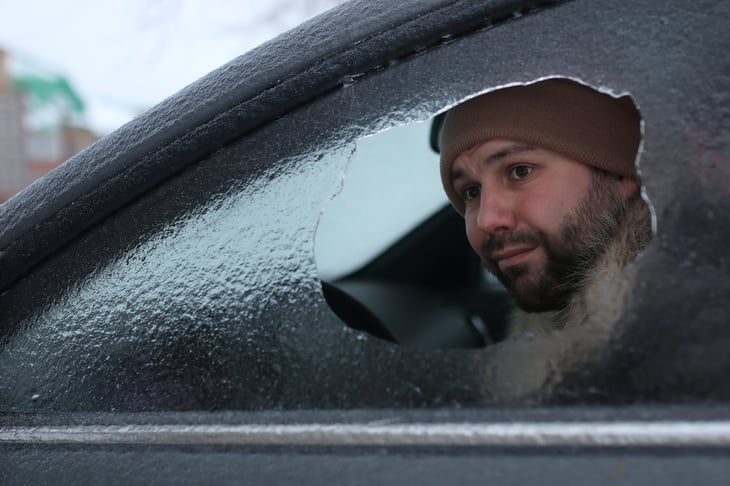
Winter car care shouldn’t start the day temperatures plunge below freezing and you discover your heater isn’t doing its job.
Check the heater and defroster in the fall, before you need them, to determine if they are working properly. If they’re not, get them fixed ASAP.
Check the heated seats, too, if you are lucky enough to have them. If you’re not, check out this 12-volt travel throw that plugs into the cigarette lighter to keep passengers toasty on cold car rides.
7. Replace windshield wiper blades
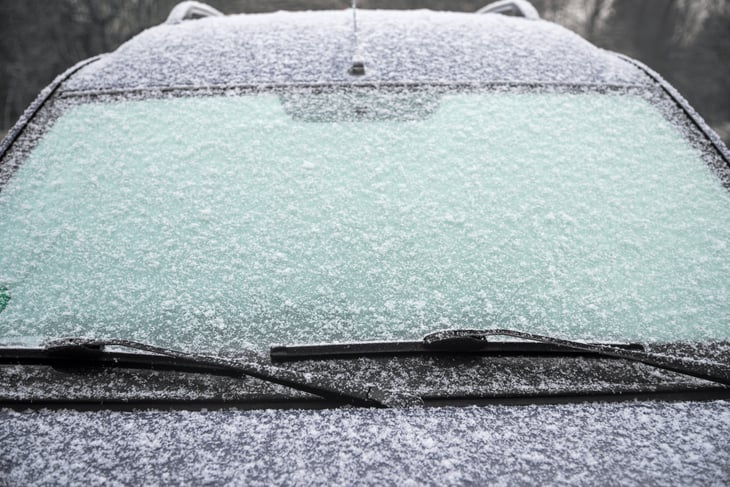
As a general rule, wiper blades should be replaced every six months. If yours have been leaving patches on your windshield, replace them now before the cold weather stiffens the rubber even more.
If you are in a climate where you use snow tires, consider using winter wiper blades, as well.
It’s also a good idea to check the rubber seals around your car’s doors and windows. If necessary, use a silicone treatment specially made for vehicles to reinvigorate them.
In addition, the folks at Bentley Hyundai in Huntsville, Ala., offer these tips for dealing with ice:
De-ice your windshield the same way the airlines do: Mix 2/3 rubbing alcohol and 1/3 water then spray it from a spray bottle. Works like a charm.
To prevent ice from forming on your wiper blades, use a rag to help soak the blades with rubbing alcohol.
8. Test your headlights
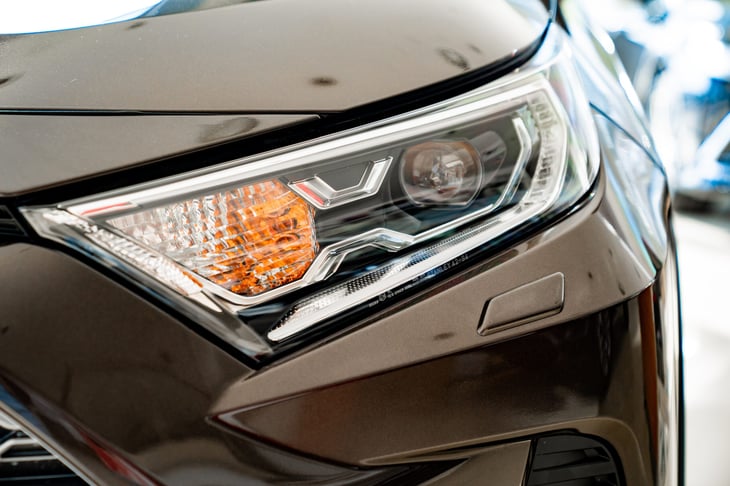
Shorter days in winter lead to more driving in the dark. Before Daylight Savings Time ends, check that your car’s exterior and interior lights and headlights work and are properly aimed.
If headlights seem to be less powerful than they used to be, clean them. Use only a special cleaner that won’t scratch the finish, such as the 3M Headlight Restoration Kit.
9. Prep car tires for winter
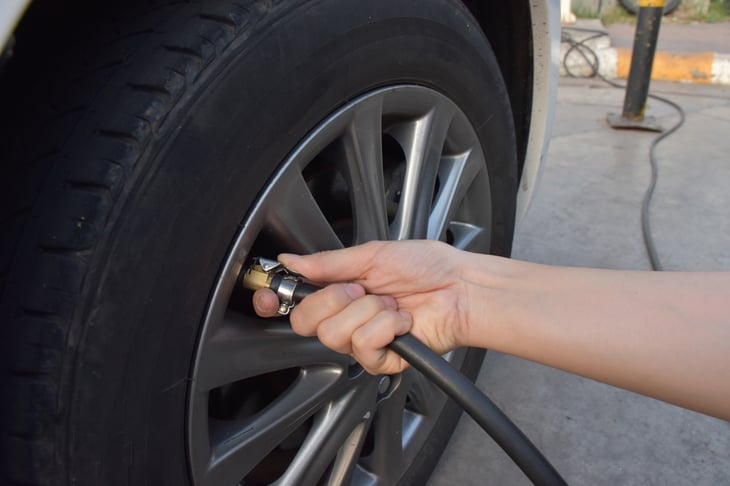
To prepare your car wheels for winter, plan to rotate tires in the fall, for more even wear and a more comfortable ride. Or, switch to winter tires, which offer more traction and will kick snow away from the track.
In winter, tire pressure should be checked weekly. Always check tire pressure in the driveway, since driving as little as a mile to the supermarket can affect the reading.
And don’t forget to test the spare, too, especially if you’ve been lucky and haven’t needed it for a while.
10. Check the exhaust system
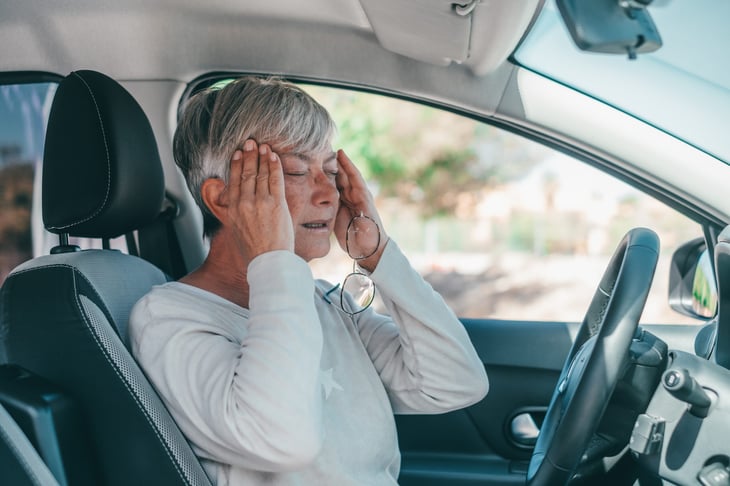
Check your car for carbon monoxide leaks, which can be especially dangerous during cold weather driving when windows are closed. A detector made for vehicles will alert you to problems.
11. Keep your gas tank full

When winter comes, keep the gas tank at least half full at all times to reduce the chance of moisture forming in the gas lines and possibly freezing.
Plus, you never know when a sudden snow squall will stretch your commute to hours on the road. You’ll be thankful not to have to worry about running out of gas as you try to get home safely.
12. Put together a winter emergency kit
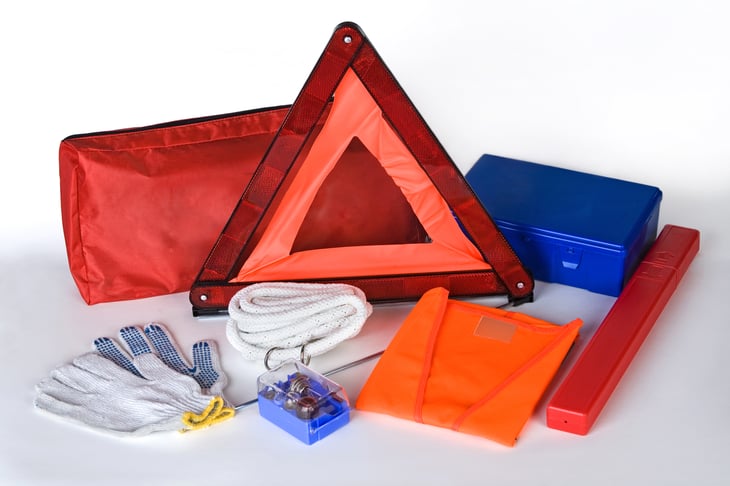
Many drivers have been surprised by a sudden storm or stranded for a few hours in a vehicle that slid off the icy roads into a secluded area.
For these unexpected situations, put together an emergency kit to store in your car.
You’ll want to include an ice scraper and snow brush, jumper cables or a jump starter that works on a variety of devices.
Other items to carry are a flashlight, flares, blanket, extra warm clothes (including gloves and hat), candles/matches, bottled water, dry food snacks and medications.
Another must have for winter driving? A fully charged cell phone. Though you can’t leave it in your car, try never to leave home without one.





Add a Comment
Our Policy: We welcome relevant and respectful comments in order to foster healthy and informative discussions. All other comments may be removed. Comments with links are automatically held for moderation.